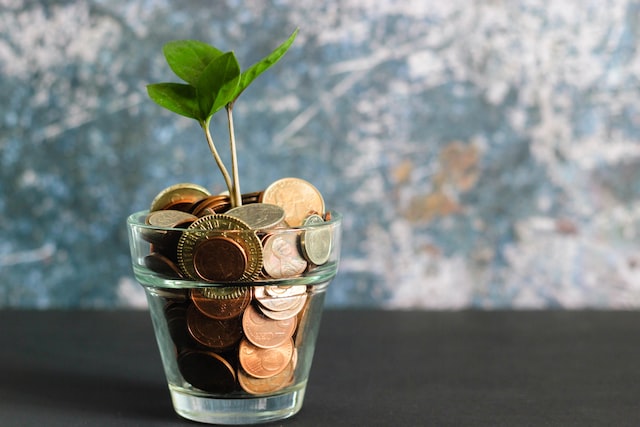Time to deal with your debt. Here’s how to do so in 8 easy tips.
Figuring out how much you owe
You need to first understand your debts. Note down each debt you have and how much you owe, the minimum you have to pay monthly, the interest rate on the debts, and when you need to clear them. This can at first seem scary but taking the time to write it down on paper is the first step you take to control and work out a plan of what you need to do.
Prioritizing your debts
You need to list your debts and then put them in order of those that have the most serious consequences and those with the ones with the highest interest rates. Arranging it is going to help you know the debts that you need to concentrate on first.
Stop borrowing
This can seem like an obvious thing, but you will find it hard to deal with your debts if you are adding more. Cut down on unnecessary spending and also avoid loans being advertised because most of the time they come with a high-interest rate that makes it hard for you to get out of debt. You can have control of your money by breaking the cycle.
Working out your budget
A budget planner is going to help you work out your income and spending every month. Debt repayment is one of the outgoings. This is great because you can identify a shortfall to address or if there is any money left that you can use in repaying back the debt. If you live with a partner and want to deal with debt together, make a budget together.
Reducing Outgoings
Are there any non-essential direct debits or subscriptions you could cancel? Can you save money on your bills or insurance by shopping around? Can you make a food planner and buy only the items you are going to need? Are there vouchers you can use to reduce your grocery spending? You can free more money to use for your debt by reducing your outgoings.
Reducing the cost of debt
Do you have savings? Can you use them to pay some of your debt? Is it possible to consolidate your debt and move it to a cheaper loan or 0% credit card? Have you thought about a home remortgage to pay off the debt and spread it over the term of the mortgage? When you apply for credit cards or cheap loans, make sure you check out an eligibility checker first. You can find them on lenders’ sites so you can know the cards you are more likely to be accepted for based on your current situation. If you are turned down, it is going to have a negative impact on your credit report. Many people who take out an IVA to manage their debt want to know what happens after the 6 year period is up. Find out more in this article: How do I declare an IVA after 6 years.
Maximizing Income
You should find out whether you are entitled to benefits or eligible for charitable grants. You should also check out your tax reliefs and make sure you are getting the correct ones. When you maximize your income, you are left with more money you can use to reduce your debt and pay it off more quickly.
Paying off high-interest and priority debt first
Once you have figured out what you can pay, you shouldn’t be splitting the money equally. You can begin by paying the minimum amount required and then pay as much as you can on expensive and priority debts first. When you pay these debts, you can focus on the next highest debt and then keep doing it till you clear it all. This approach is good because it helps you reduce the amount of interest you pay.
Use the debt snowball method
The debt snowball method is a debt repayment strategy where you pay off your smallest debt first and then work your way up to larger debts. By starting with the smallest debt, you can build momentum and motivation as you see your debts disappearing. Once you have paid off the smallest debt, use the money you were putting towards that debt to pay off the next smallest debt, and so on.
Use the debt avalanche method
The debt avalanche method is another debt repayment strategy where you pay off your debts in order of highest interest rate to lowest interest rate. By focusing on the highest interest rate debts first, you can save money on interest over time. Once you have paid off the highest interest rate debt, use the money you were putting towards that debt to pay off the next highest interest rate debt, and so on.
Use a balance transfer credit card
A balance transfer credit card allows you to transfer high-interest credit card balances to a card with a lower interest rate. Look for a balance transfer card with a low or 0% introductory rate and pay off your balance before the rate increases.

